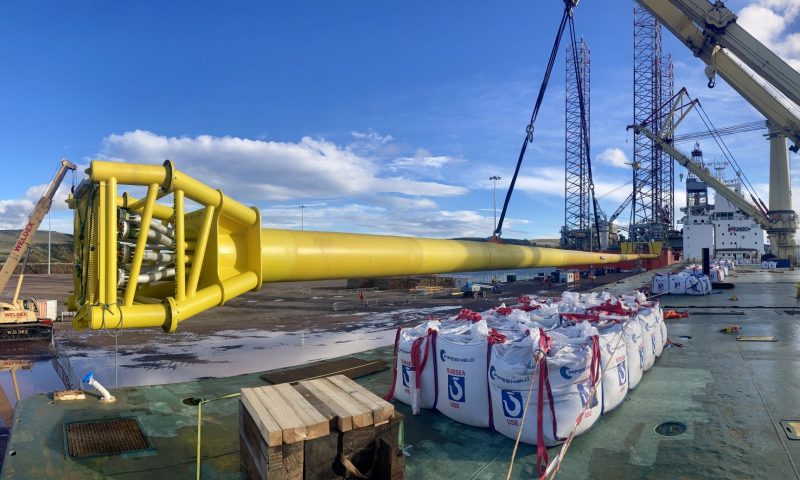
Denmark grants first full-scale CO2 storage permits in the Danish North Sea
With three new licenses for large-scale carbon capture and storage (CCS), a new industry is growing in the Danish part of the North Sea. The venture begins in 2025. From 2030, up to 13 million tons of CO2 annually will be pumped into the underground.
The Danish Energy Agency received two applications in the first round of licenses for CO2 storage in the Danish part of the North Sea. The two applications came from TotalEnergies EP Danmark A/S and a consortium consisting of INEOS E&P and Wintershall Dea International.
The two applications met the requirements, and licenses have now been granted to TotalEnergies and one to the INEOS & Wintershall consortium.
“Granting the first exclusive permits for full-scale CO2 storage in the North Sea is an important step into the future. CO2 capture and storage is an important element in the green transition. Today’s licenses are the result of effective implementation of the first Danish political agreements on CCS,” says Kristoffer Böttzauw, DEA’s director.

New licenses for large-scale carbon capture and storage in the Danish part of the North Sea. Illustration by the Danish Energy Agency
A new industry is growing in the Danish part of the North Sea
While the announcement is an important step towards realising Denmark’s CCS strategy and kick-start the development of full-scale CO2 storage in Denmark, the licenses will help develop a new green industry in the North Sea and beyond:
“This is not just a step towards a new green industry in our North Sea – it’s a milestone for our green transition. Establishing carbon capture and storage as an industry means we can do it bigger and better – and move faster towards our climate goals in the process. I’m glad to see the continued interest in the Danish underground,” says the Minister for Climate, Energy and Utilities Lars Aagaard.
The licenses project a storage of upwards of 13 million tons of carbon yearly in the Danish underground from 2030. However, it is estimated that the storage potential of the Danish underground is up to 22 billion tons – which corresponds to somewhere between 500 and 1000 years of Danish emissions if we were to fill it up ourselves.
“That means we’re open for business in more ways than one. In September, we signed an agreement with Flanders and Belgium for international carbon-transport which means they’ll be able to store their carbon-emissions in our underground – and we’re working towards securing more so we can utilize the full potential of our underground,” says Denmark’s Minister for Climate, Energy and Utilities Lars Aagaard.













